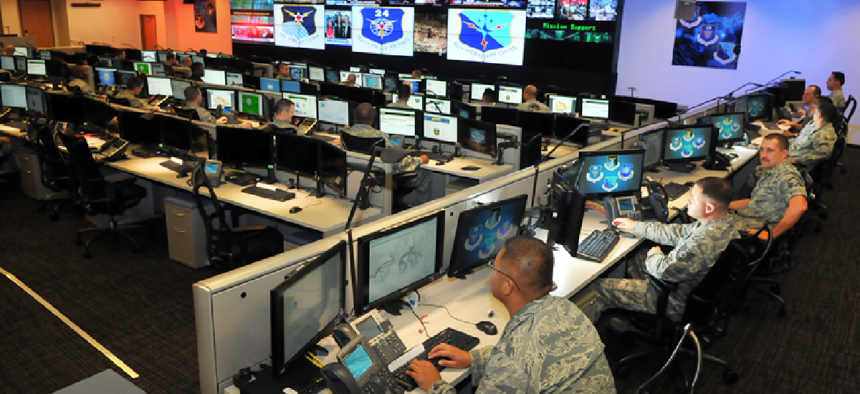DOD's accelerated cyber hiring hits snags


Connecting state and local government leaders
Lack of hiring personnel and the complex security clearance process is slowing down implementation as the Cyber Excepted Service expands.
The Defense Department's complex security-clearance process, coupled with an understaffed hiring office, is limiting its ability to quickly onboard cybersecurity staff through the Cyber Excepted Service.
CES is a congressionally authorized enterprise workforce strategy that aims to make it easier for DOD to hire cyber and tech workers outside the lengthy USAJobs application process. As the program moves into Phase 2, however, the rollout has hit snags, according to Marines Corps Brig. Gen. Dennis Crall, DOD's deputy principal cyber advisor.
Lack of personnel and the complex security clearance process was slowing down implementation, Crall told Congress during a Feb. 26 hearing of the Intelligence and Emerging Threats and Capabilities Subcommittee of the House Armed Services Committee.
Crall testified that the five full-time personnel tasked with the initial rollout of the program were insufficient and that 10 personnel are needed to handle the hiring and the accompanying training of thousands of cyber workers. Additional personnel have been identified from within the Pentagon, and a formal request of additional personnel from the CIO is in process, he said.
"Phase 1 of the Cyber Excepted Service was modest by design ... to make sure we knew what we were doing" regarding training, Crall said. The next phase will be much higher than the initial 500 billets, and personnel resources are lacking at the Pentagon and on the service level.
DOD CIO Dana Deasy said it wasn't purely a numbers game, but rather about DOD's ability to train at an increased rate.
"This isn't a case of the volume of people we need inside of my respective organization or working on Brig. Gen. Crall's cross-functional team,” Deasy said. “This is about competencies that need to exist in them. This is a new way of doing business. And the [Personnel and Readiness] organization and respective military services need to train up at a faster rate -- the people that they need to bring on board that actually accelerate Cyber Excepted Service."
U.S. Cyber Command, the Defense Information Systems Agency and the DOD CIO are using CES, but the military services need to "up the game," he said.
"The onboarding process can be very frustrating so while we have four out of five of the recipe right in bringing people on, if we can't bring them on quickly because they're held up in the security clearance process," Crall said. They could "potentially lose interest," he added.
Crall mentioned an ongoing effort to reduce the security clearance slowdown, including a pilot that uses data analytics for faster processing. But it ultimately comes down to a recruiting issue, something DOD must improve.
"The department has to do a better job to make sure we understand the market ... the type of applicant we're searching for and the needs of that applicant," Crall said of the depressed recruiting pool for cyber.
Crall also criticized DOD for doing "too few internships" with universities that would help fill the talent pipeline. Deasy agreed, saying that government is too frequently not a considered career stop for tech workers and that DOD needs a "better avenue of awareness" to change that.
This article was first posted on FCW, a sibling site to GCN.





